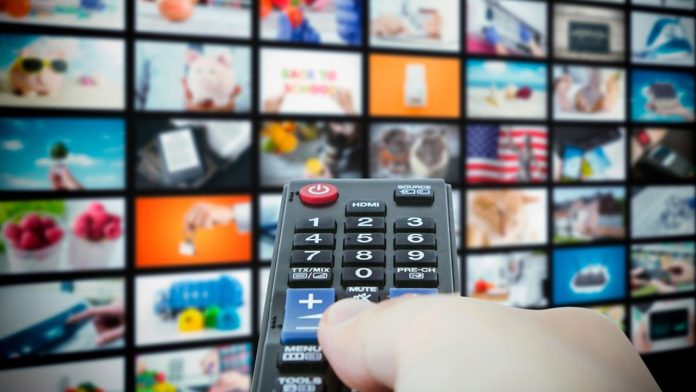A new study by Integrate and Com & Talk Agency sheds light on shifting media consumption trends during the holy month.
Ramadan significantly reshapes how Moroccans engage with media. Research from Integrate and Com & Talk Agency reveals that while television remains the dominant platform, digital takes over after Iftar, forcing brands to rethink their advertising strategies.
TV continues to be the cornerstone of Ramadan entertainment, with Moroccans averaging five hours and nine minutes of viewing per day (source: CIAUMED). Audience numbers peak at Iftar, as families gather around channels like 2M and Al Aoula to watch shows that blend humor and emotion. However, by 10 p.m., attention shifts to digital platforms. Social media giants Facebook, Instagram, and TikTok see a surge in interactions, while YouTube and WhatsApp become the go-to tools for catching up on missed content and live discussions. Nearly 44% of Moroccans seamlessly switch between television and smartphones, a habit that is now deeply ingrained in their media consumption.
Evening television choices are largely influenced by women, who gravitate toward family-oriented dramas and community-driven entertainment. This strong preference dictates prime-time trends, pushing advertisers to craft messages that resonate with an engaged and loyal audience.
Ramadan is more than just a high-ratings period—it’s a time of deep emotional connection. Advertisers need to prioritize interactive formats and immersive content. Authentic, compelling storytelling is essential for capturing attention and maximizing campaign impact. “Ramadan isn’t just about increased viewership; it’s a key moment for emotional engagement. Brands that successfully create these connections will benefit from stronger recall and long-term loyalty,” explains Dounia Sekkat, CEO and co-founder of Com & Talk Agency.
The synergy between television and digital is becoming a critical strategy. A prime-time TV ad can extend its reach through social media amplification after Iftar. Anticipating consumer trends also helps brands tailor their offerings to match increased spending habits during the month. In 2025, Ramadan is no longer limited to a single screen—it’s a shared, multi-platform experience that seamlessly blends television, social media, and real-time interactions.




